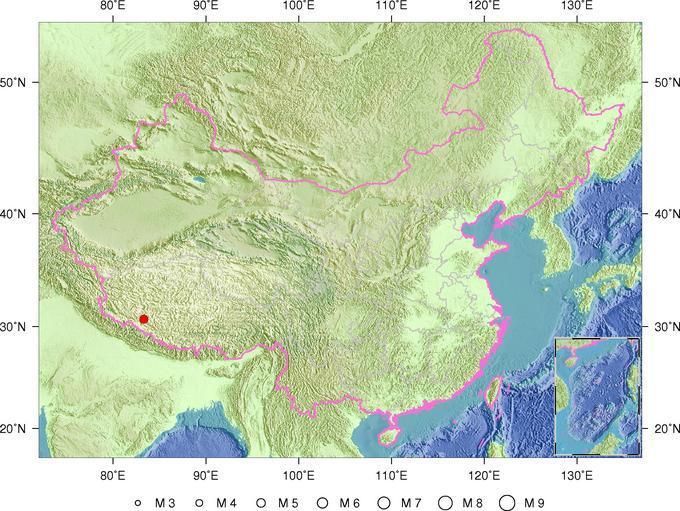Year of the Rooster to bring multiple missions
China is set for the first working day of the Year of the Rooster as the week-long Spring Festival holiday ends Thursday.
It will be an energetic start for people and their families to achieve their dreams, and the nation will take a step closer towards the dream of creating “quanmian xiaokang,” a moderately prosperous society in an all-round way by 2020.
However, this year’s steps are set to be challenging, particularly for the Communist Party of China, which was founded in the Year of the Rooster, 1921 to be precise.
The Party will convene its 19th national congress this year, and it needs to accomplish several missions so that the Year of the Rooster is one of good luck.
After lifting more than 700 million people out of poverty in the past 38 years, the country still has about 45 million people living in poor conditions.
Poverty relief is high on the agenda for governments at all levels. Not a single family living in poverty will be left behind, but the closer the country gets to fully eliminating poverty, the more difficult the final steps become.
China’s 13th Five-Year Plan outlines priorities for national development from 2016-2020 and proposes support for poor villages to develop signature products and services. Guidelines were also issued calling for enhanced collaboration between developed eastern regions and under-developed western regions to meet poverty-reduction targets.
These efforts have been translated into encouraging signs. At least a further 10 million people will become members of the well-off society this year.
This year is also a crucial year for pushing forward reform across the board.
Hundreds of measures were designed and released during the past four years to address issues such as urbanization, innovation and the market’s role in resource allocation. Now the roadmap has taken shape and the focus for the coming years will be on delivery.
Supply-side structural reform will continue to be an economic goal for 2017, including cutting excess capacity, implementing agricultural reforms, boosting the real economy and nurturing new growth.
The restructuring of China’s economy and the upgrading of industry is expected to generate huge new demand.
Time is of the essence for reforms in state-owned enterprises as well as in finance and social security. Such sectors concern the development of the country, whose GDP growth stood at 6.7 percent in 2016, a three-decade low, but outpacing most other major economies.
In major political reform, China will establish a national supervisory commission and create a law on national supervision.
Amid efforts to build a clean CPC, the fight against corruption has gained “crushing momentum,” netting both “tigers” and “flies,” with no letup expected in the future.
On the global stage, China will stick to its commitment to encourage globalization and cooperation, despite difficulties.
In troubled times with a sluggish world economy and a changing geopolitical order, the wise choice is to move forward together.
China is preparing for a host of events of global significance this year, including a Belt and Road forum for international cooperation in Beijing in May, and the ninth BRICS leaders’ summit, in southeast China’s coastal city of Xiamen in September.
The attitude of openness, inclusivity and sharing is in sharp contrast to the retreat into protectionism and isolation from certain western countries.
This year will be a test of the wisdom needed to maintain sustained, stable and better growth in China-U.S. relations. Although the Trump administration has yet to formulate its China policy, the general trend of cooperation is irreversible and the only right choice for both countries.
Any conflict or trade war could deal a blow to the development of the world’s two largest economies. The bottom-line is respecting each other’s core interests.
Believing in a shared destiny for mankind, China will continue to expand its circle of friends.
As Michael Moller, head of the United Nations Office at Geneva, put it: “If things go well for China and the Chinese people, the chances are it’s going to go well for a lot of other people around the planet.”
Coincidentally, the first working day of the Chinese new year is “lichun,” or the beginning of spring, the first of the 24 solar terms in the Chinese ancient calendar.
As we wave goodbye to winter, China stands with the world in wishing for a great spring.

